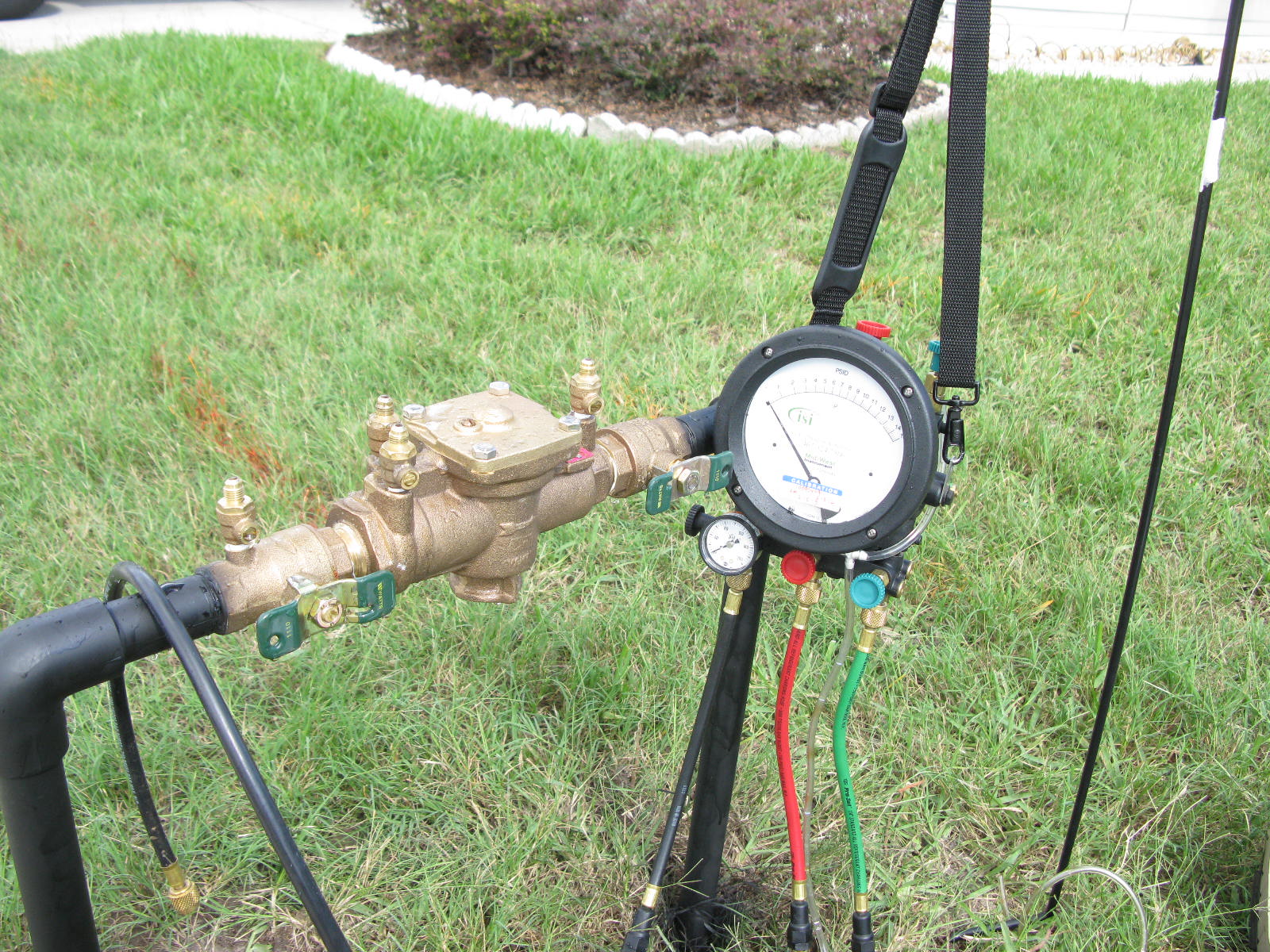Backflow Testing: Safeguarding The Water, One Test out at a Period!
Normal water is an important resource that we often take intended for granted, but ensuring its safety is definitely paramount. Backflow screening plays a vital role in guarding our water supply by preventing pollutants from entering clear water systems. With the rise involving health concerns plus increased regulations, understanding why backflow assessment is essential for your current property is never considerably more critical. Whether you’re a homeowner, the owner of a business, or manage the industrial facility, the actual risks associated along with backflow and just how regular testing may mitigate them is essential.
Many people might wonder what precisely backflow testing entails and how generally it should be performed. From spotting the signs that will indicate immediate assessment is necessary in order to understanding the lawful requirements in the area, getting informed will help guard both your health insurance and your environment. In this article, we will explore the value of backflow testing, the potential consequences of missing it, and sensible steps you can easily take to assure your own water remains risk-free. Join us once we delve into the world of backflow prevention and find out why investing within testing and maintenance is some sort of priority you can find the money for to overlook.

Understanding Backflow Testing
Backflow testing is definitely a critical method that ensures the safety and quality of your respective water supply by simply preventing contamination. When water flows backward into the clean drinking water supply, it creates a new dangerous situation referred to as backflow. This could happen due in order to changes in pressure within the water system, often triggered by events such as a rush pipe or maybe the use of a yard irrigation system. Regular testing is essential to distinguish and fix potential issues ahead of they lead to significant contamination risks.
Performing a backflow test out involves checking out the backflow prevention devices mounted in your plumbing related system. These gadgets are designed to keep filthy water from flowing back in the clear water system. A new certified tester will certainly evaluate the features of these equipment, ensuring they function correctly to shield your water from pollutants and dangerous elements. Understanding how this particular testing works can assist property owners value the importance of regimen maintenance.
The recommended regularity for backflow tests varies based on local regulations plus the variety of property. Several municipalities require twelve-monthly testing, especially intended for commercial and multi-family buildings, to ensure compliance with safety standards. Knowing when to test your system can assist prevent costly maintenance and keep your current water supply safe for all.
Importance and Frequency of Testing
Backflow testing is important to making sure the safety in addition to quality of your hydrant. Contaminated water can pose serious health and fitness risks, making it important for property users to prioritize this specific testing. Regular assessments can help detect potential issues before they escalate, safeguarding your own household or organization from unsafe water conditions. Understanding typically the importance of backflow testing can motivate proactive measures to protect your water offer and overall well being.
The particular frequency of backflow testing varies dependent on local polices and the particular needs of your property. For most household properties, annual screening is recommended to be able to ensure that backflow prevention devices are usually functioning properly. Commercial and industrial services often face tighter requirements due to the higher chance linked to their operations. It’s crucial to stay informed concerning local laws connected to backflow tests, as these could dictate how generally tests should be scheduled.
Ignoring backflow testing may lead to severe consequences, including water contamination, health problems, and costly maintenance. Identifying the indicators that indicate the particular need for testing can help you save from possible calamities. By adhering to a typical assessment schedule, home owners may maintain a trusted plus safe water supply, minimizing the danger of backflow-related problems and ensuring compliance with necessary restrictions.
Prevention and Compliance
Preventing backflow is not just essential for maintaining water quality but also for complying with several regulations. anonymous have strict laws and regulations regarding backflow reduction devices and the frequency which backflow testing has to be executed. By understanding https://southauroracooperative.org/members/skateself23/activity/1739505/ of regulations, homeowners may ensure they are really in compliance plus avoid hefty fines or legalities that will may arise coming from negligence. Regular backflow testing acts as a safeguard towards potential contamination, ensuring that your home meets local wellness and safety criteria.
Property owners should schedule backflow testing annually at the very least, although the consistency might vary based on specific utilization and local polices. Commercial properties might have different requirements when compared with residential homes. Being proactive with screening and maintenance helps to prevent unexpected backflow incidents, which will disrupt business operations in addition to pose health hazards to employees and consumers. Knowing when should you test out and keeping precise records are important components of conformity.
By simply being diligent regarding backflow prevention and even testing, house owners will significantly lower the risk of contamination and be sure safe drinking drinking water for all residents. Moreover, investing found in certified backflow prevention devices and deciding on qualified professionals regarding testing can boost compliance efforts. Being informed about local testing requirements and maintaining ongoing interaction with local normal water authorities can more streamline the method, making sure that essential water basic safety measures are constantly upheld.